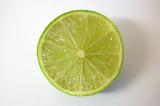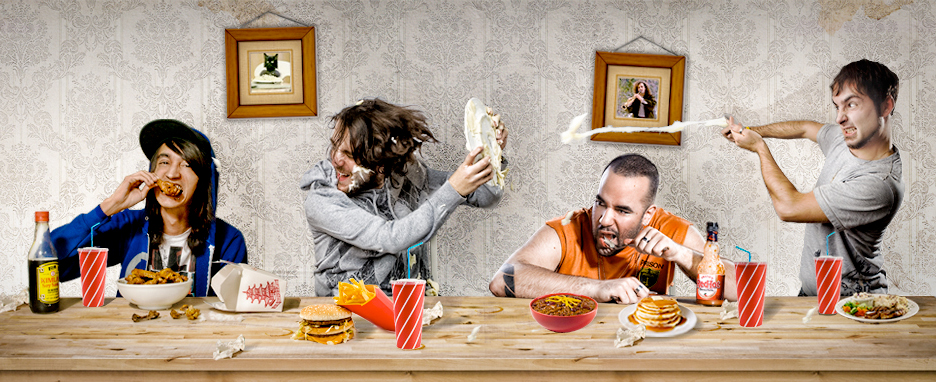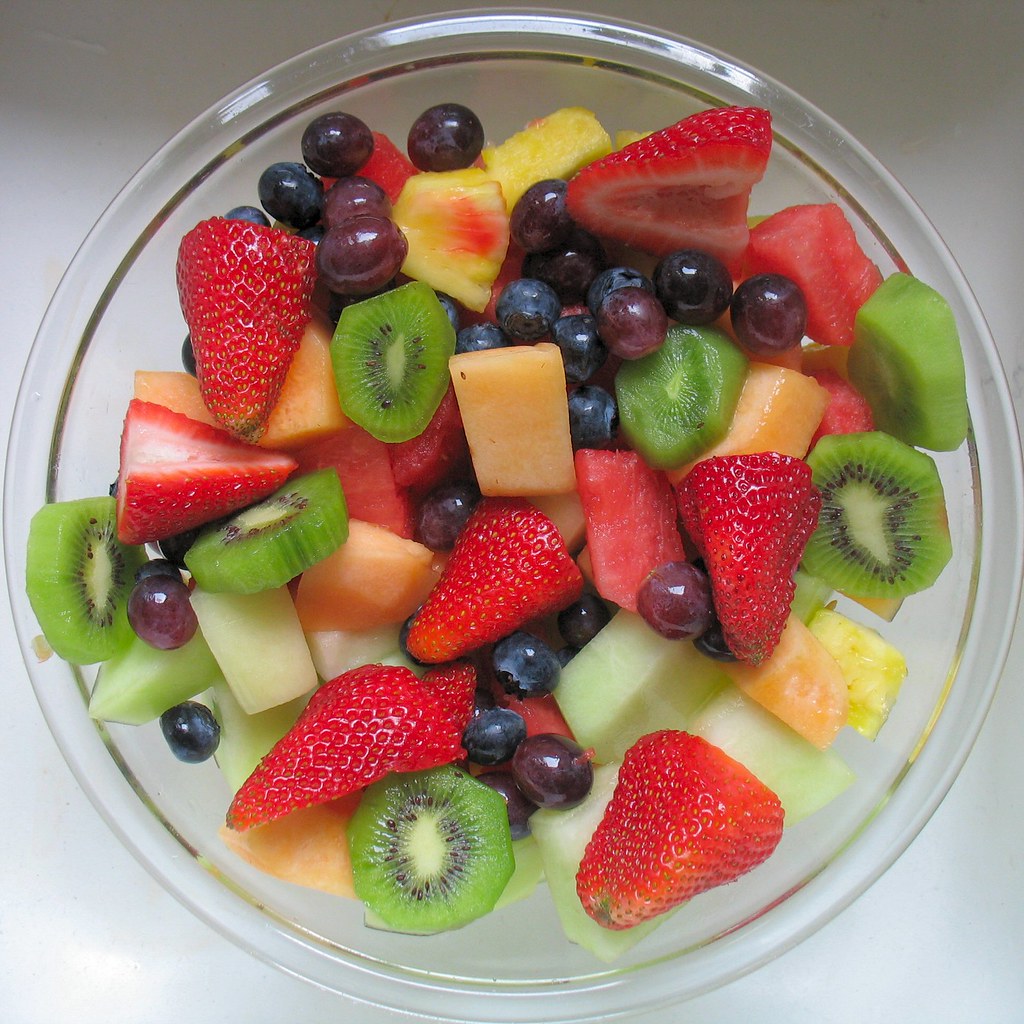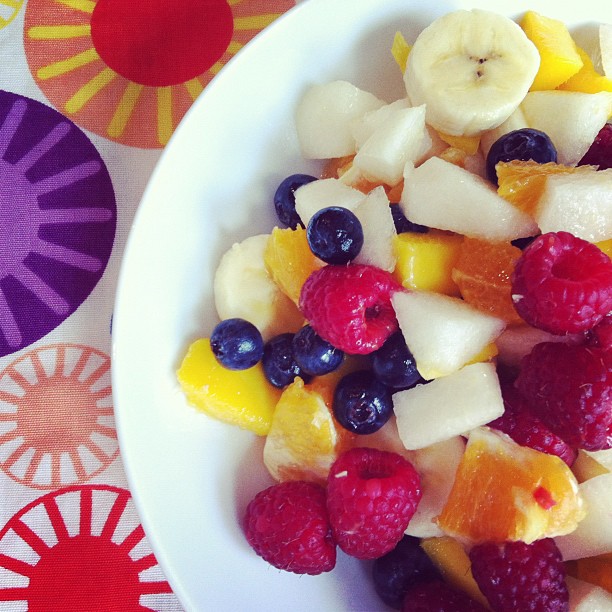5.3.3: Food
- Page ID
- 264758
\( \newcommand{\vecs}[1]{\overset { \scriptstyle \rightharpoonup} {\mathbf{#1}} } \)
\( \newcommand{\vecd}[1]{\overset{-\!-\!\rightharpoonup}{\vphantom{a}\smash {#1}}} \)
\( \newcommand{\id}{\mathrm{id}}\) \( \newcommand{\Span}{\mathrm{span}}\)
( \newcommand{\kernel}{\mathrm{null}\,}\) \( \newcommand{\range}{\mathrm{range}\,}\)
\( \newcommand{\RealPart}{\mathrm{Re}}\) \( \newcommand{\ImaginaryPart}{\mathrm{Im}}\)
\( \newcommand{\Argument}{\mathrm{Arg}}\) \( \newcommand{\norm}[1]{\| #1 \|}\)
\( \newcommand{\inner}[2]{\langle #1, #2 \rangle}\)
\( \newcommand{\Span}{\mathrm{span}}\)
\( \newcommand{\id}{\mathrm{id}}\)
\( \newcommand{\Span}{\mathrm{span}}\)
\( \newcommand{\kernel}{\mathrm{null}\,}\)
\( \newcommand{\range}{\mathrm{range}\,}\)
\( \newcommand{\RealPart}{\mathrm{Re}}\)
\( \newcommand{\ImaginaryPart}{\mathrm{Im}}\)
\( \newcommand{\Argument}{\mathrm{Arg}}\)
\( \newcommand{\norm}[1]{\| #1 \|}\)
\( \newcommand{\inner}[2]{\langle #1, #2 \rangle}\)
\( \newcommand{\Span}{\mathrm{span}}\) \( \newcommand{\AA}{\unicode[.8,0]{x212B}}\)
\( \newcommand{\vectorA}[1]{\vec{#1}} % arrow\)
\( \newcommand{\vectorAt}[1]{\vec{\text{#1}}} % arrow\)
\( \newcommand{\vectorB}[1]{\overset { \scriptstyle \rightharpoonup} {\mathbf{#1}} } \)
\( \newcommand{\vectorC}[1]{\textbf{#1}} \)
\( \newcommand{\vectorD}[1]{\overrightarrow{#1}} \)
\( \newcommand{\vectorDt}[1]{\overrightarrow{\text{#1}}} \)
\( \newcommand{\vectE}[1]{\overset{-\!-\!\rightharpoonup}{\vphantom{a}\smash{\mathbf {#1}}}} \)
\( \newcommand{\vecs}[1]{\overset { \scriptstyle \rightharpoonup} {\mathbf{#1}} } \)
\( \newcommand{\vecd}[1]{\overset{-\!-\!\rightharpoonup}{\vphantom{a}\smash {#1}}} \)
\(\newcommand{\avec}{\mathbf a}\) \(\newcommand{\bvec}{\mathbf b}\) \(\newcommand{\cvec}{\mathbf c}\) \(\newcommand{\dvec}{\mathbf d}\) \(\newcommand{\dtil}{\widetilde{\mathbf d}}\) \(\newcommand{\evec}{\mathbf e}\) \(\newcommand{\fvec}{\mathbf f}\) \(\newcommand{\nvec}{\mathbf n}\) \(\newcommand{\pvec}{\mathbf p}\) \(\newcommand{\qvec}{\mathbf q}\) \(\newcommand{\svec}{\mathbf s}\) \(\newcommand{\tvec}{\mathbf t}\) \(\newcommand{\uvec}{\mathbf u}\) \(\newcommand{\vvec}{\mathbf v}\) \(\newcommand{\wvec}{\mathbf w}\) \(\newcommand{\xvec}{\mathbf x}\) \(\newcommand{\yvec}{\mathbf y}\) \(\newcommand{\zvec}{\mathbf z}\) \(\newcommand{\rvec}{\mathbf r}\) \(\newcommand{\mvec}{\mathbf m}\) \(\newcommand{\zerovec}{\mathbf 0}\) \(\newcommand{\onevec}{\mathbf 1}\) \(\newcommand{\real}{\mathbb R}\) \(\newcommand{\twovec}[2]{\left[\begin{array}{r}#1 \\ #2 \end{array}\right]}\) \(\newcommand{\ctwovec}[2]{\left[\begin{array}{c}#1 \\ #2 \end{array}\right]}\) \(\newcommand{\threevec}[3]{\left[\begin{array}{r}#1 \\ #2 \\ #3 \end{array}\right]}\) \(\newcommand{\cthreevec}[3]{\left[\begin{array}{c}#1 \\ #2 \\ #3 \end{array}\right]}\) \(\newcommand{\fourvec}[4]{\left[\begin{array}{r}#1 \\ #2 \\ #3 \\ #4 \end{array}\right]}\) \(\newcommand{\cfourvec}[4]{\left[\begin{array}{c}#1 \\ #2 \\ #3 \\ #4 \end{array}\right]}\) \(\newcommand{\fivevec}[5]{\left[\begin{array}{r}#1 \\ #2 \\ #3 \\ #4 \\ #5 \\ \end{array}\right]}\) \(\newcommand{\cfivevec}[5]{\left[\begin{array}{c}#1 \\ #2 \\ #3 \\ #4 \\ #5 \\ \end{array}\right]}\) \(\newcommand{\mattwo}[4]{\left[\begin{array}{rr}#1 \amp #2 \\ #3 \amp #4 \\ \end{array}\right]}\) \(\newcommand{\laspan}[1]{\text{Span}\{#1\}}\) \(\newcommand{\bcal}{\cal B}\) \(\newcommand{\ccal}{\cal C}\) \(\newcommand{\scal}{\cal S}\) \(\newcommand{\wcal}{\cal W}\) \(\newcommand{\ecal}{\cal E}\) \(\newcommand{\coords}[2]{\left\{#1\right\}_{#2}}\) \(\newcommand{\gray}[1]{\color{gray}{#1}}\) \(\newcommand{\lgray}[1]{\color{lightgray}{#1}}\) \(\newcommand{\rank}{\operatorname{rank}}\) \(\newcommand{\row}{\text{Row}}\) \(\newcommand{\col}{\text{Col}}\) \(\renewcommand{\row}{\text{Row}}\) \(\newcommand{\nul}{\text{Nul}}\) \(\newcommand{\var}{\text{Var}}\) \(\newcommand{\corr}{\text{corr}}\) \(\newcommand{\len}[1]{\left|#1\right|}\) \(\newcommand{\bbar}{\overline{\bvec}}\) \(\newcommand{\bhat}{\widehat{\bvec}}\) \(\newcommand{\bperp}{\bvec^\perp}\) \(\newcommand{\xhat}{\widehat{\xvec}}\) \(\newcommand{\vhat}{\widehat{\vvec}}\) \(\newcommand{\uhat}{\widehat{\uvec}}\) \(\newcommand{\what}{\widehat{\wvec}}\) \(\newcommand{\Sighat}{\widehat{\Sigma}}\) \(\newcommand{\lt}{<}\) \(\newcommand{\gt}{>}\) \(\newcommand{\amp}{&}\) \(\definecolor{fillinmathshade}{gray}{0.9}\)- Identify various food items
- Use food items to talk about your eating habits
Food is a central part of Hispanic cultures, with each country and each region having its own unique cuisine. Because of the diversity and strong local influences we see with Hispanic foods, there is more regional variation with vocabulary than usual. Below are some examples.
- juice = el zumo de... (España) / el jugo de... (LatAm)
- banana = el plátano (Spain, Mexico, Peru, Chile Bolivia) / la banana (Argentina, Uruguay, Paraguay, parts of Honduras) / el banano (Honduras/Nicaragua/Guatemala) / el cambur (Venezuela)
- strawberry = la fresa / la frutilla (Chile)
 Figure \(\PageIndex{1}\):
Figure \(\PageIndex{1}\):
El limón (México, Centroamérica, el norte de Sudamérica)
La lima (España, Chile, Uruguay)

El limón (España, Chile, Uruguay)
La lima (México)
El limón amarillo (Latinoamérica)
Actividad 1
Look at each photo and take turns with your partner to identify the food items in them.
| 1. ¿Qué hay en esta ensalada de frutas?
|
2. ¿Qué hay en esta ensalada de frutas que no hay en la otra?
|
| 3. ¿Qué hay en este desayno?
|
4. ¿Qué hay en este desayno?
|
Actividad 2
El desayuno. Watch the video to get an idea of how to discuss breakfast. Then in complete sentences, answer the questions about your own breakfast practices or habits. After, ask your partner about their habits and indicate whether you have similar or different breakfast habits.
*Suelo desuyunar... (< soler, soler + infinitive is used to express the idea that something usually occurs, that someone does something as a customary practice or regularly in present time (usually) x
| Yo | Mi compañero/a | |
| 1. ¿Qué desayunas en un día típico? | _________________________________________ _________________________________________ |
_________________________________________ _________________________________________ |
| 2. ¿Qué desayunas si sales a un restaurante? | _________________________________________ _________________________________________ |
_________________________________________ _________________________________________ |
| 3. ¿Hay algo que nunca desayunas? | _________________________________________ _________________________________________ |
_________________________________________ _________________________________________ |
En un día típico, yo ____________________________________________________________________________________, pero mi compañero/a ______________________
___________________________________________________________________________________________________________________.
Actividad 3
El almuerzo y las meriendas. Watch the video to get an idea of how to discuss lunch and snack habits. Then in complete sentences, answer the questions about your own lunch and snack habits. After, ask your partner about their habits and indicate whether you have similar or different lunch and/or snack habits.
Audio Video
| Yo | Mi compañero/a | |
| 1. ¿Qué almuerzas en un día típico? |
________________________________________ ________________________________________ ________________________________________ |
________________________________________ ________________________________________ ________________________________________ |
| 2. ¿Qué meriendas en un día típico? |
________________________________________ ________________________________________ ________________________________________ |
________________________________________ ________________________________________ ________________________________________ |
| 3. ¿A qué hora almuerzas en un día típico? |
________________________________________ ________________________________________ ________________________________________ |
________________________________________ ________________________________________ ________________________________________ |
| 4. ¿Qué comes y bebes con una hamburguesa? |
________________________________________ ________________________________________ ________________________________________ |
________________________________________ ________________________________________ ________________________________________ |
| 5. Si sales a almorzar, ¿adónde te gusta ir? |
________________________________________ ________________________________________ ________________________________________ |
________________________________________ ________________________________________ ________________________________________ |
| 6. ¿A qué hora meriendas en un día típico? ¿Qué comes? |
________________________________________ ________________________________________ ________________________________________ |
________________________________________ ________________________________________ ________________________________________ |
En un día típico, yo _____________________________________________________________________________________________________________________________
pero mi compañero/a ____________________________________________________________________________________________________________________________.
Actividad 4
¡A cocinar! You are hosting a dinner party with a few close friends and it is time to plan a menu for the evening. Use the ir a infinitivo expression to say what you are going to eat and drink. Be specific! Don’t just say ensalada—tell me what’s in it too! Below are some questions to help guide you.
- ¿Qué vas a preparar?
- ¿Qué vas a beber?
- ¿Qué vas a tener como proteína?
- ¿Qué vas a tener como verdura?
- ¿Vas a haber postres?
______________________________________________________________________________________________________________________________________________
______________________________________________________________________________________________________________________________________________
______________________________________________________________________________________________________________________________________________
______________________________________________________________________________________________________________________________________________

Actividad 5
La cena. Watch the video to get an idea of how to discuss dinner preferences and habits. Then in complete sentences, answer the questions about your own dinner habits. After, ask your partner about their habits and indicate whether you have similar or different dinner preferences.
Audio
| Yo | Mi compañero/a | |
| 1. ¿Qué cenas en un día típico? | _________________________________________ _________________________________________ _________________________________________ |
_________________________________________ _________________________________________ _________________________________________ |
| 2. ¿Qué cenas en una ocasión especial? | _________________________________________ _________________________________________ _________________________________________ |
_________________________________________ _________________________________________ _________________________________________ |
| 3. Si sales a cenar, ¿adónde te gusta ir? | _________________________________________ _________________________________________ _________________________________________ |
_________________________________________ _________________________________________ _________________________________________ |
| 4. ¿Con que frecuencia sales a cenar? | _________________________________________ _________________________________________ _________________________________________ |
_________________________________________ _________________________________________ _________________________________________ |
| 5. Si sales a almorzar, ¿adónde te gusta ir? |
_________________________________________ _________________________________________ _________________________________________ |
_________________________________________ _________________________________________ _________________________________________ |
| 5. ¿Cuál es tu postre favorito? | _________________________________________ _________________________________________ _________________________________________ |
_________________________________________ _________________________________________ _________________________________________ |
| 6. ¿Te gusta la mayonesa? ¿La mostaza? |
En un día típico, yo _____________________________________________________________________________________________________________________________
pero mi compañero/a ____________________________________________________________________________________________________________________________.
Contributors and Attributions
- 5.2: Food. Authored by: Erin Heubener. Provided by: LibreTexts. License: CC BY-NC-SA 4.0
- Remixed by Karen Le Cornet. License: CC BY: Attribution






